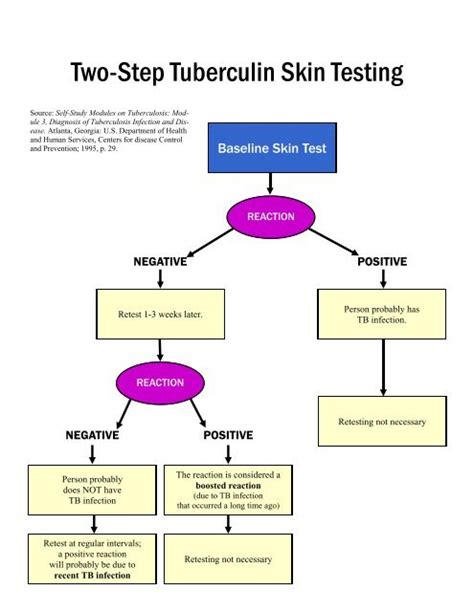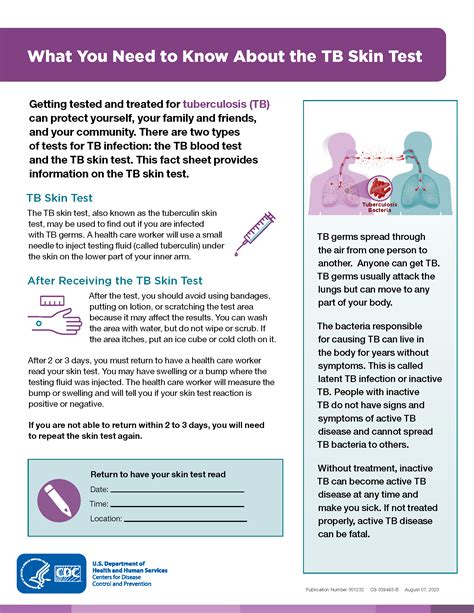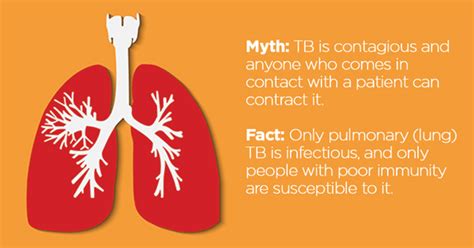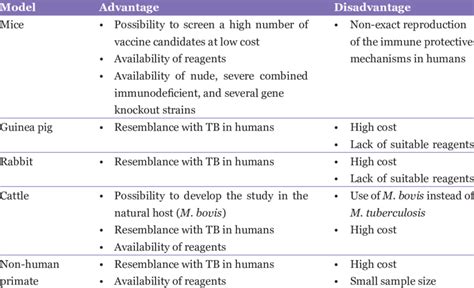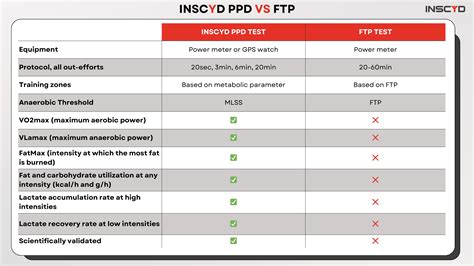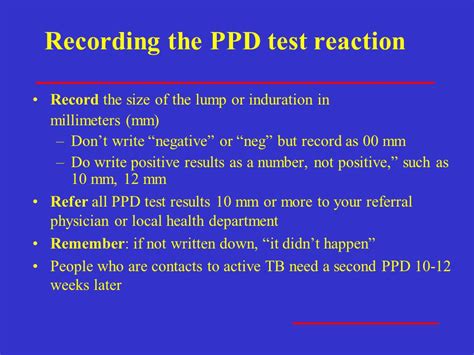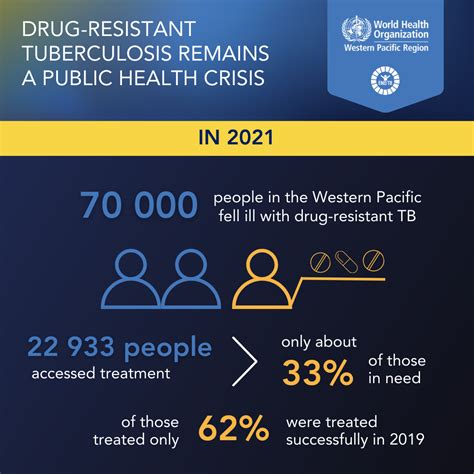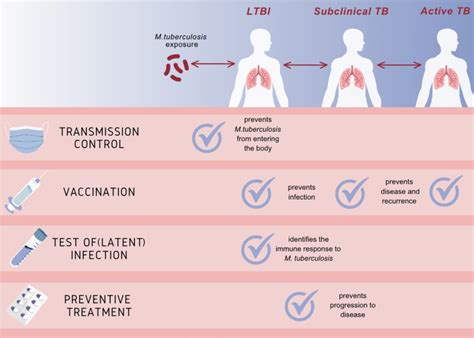The PPD test, also known as the purified protein derivative test, is a diagnostic tool used to assess if a person has been infected with tuberculosis (TB). This test is crucial for identifying individuals who have been exposed to TB, allowing for early treatment and prevention of further transmission. Understanding the PPD test and its implications is vital for both healthcare professionals and the general public.
The importance of the PPD test cannot be overstated, especially in regions with high TB prevalence. It serves as a primary method for detecting latent TB infection, which, if left untreated, can progress to active TB disease. The test's significance extends beyond individual health, as it plays a critical role in public health strategies aimed at controlling and eventually eliminating TB.
Given the test's importance, it's essential to approach it with the right information and mindset. This includes understanding the test's procedure, interpreting its results, and being aware of the necessary follow-up actions based on those results. Moreover, recognizing the potential risks and side effects, as well as the factors that can influence test outcomes, is crucial for both test administrators and recipients.
Introduction to the PPD Test
The PPD test, or Mantoux test, involves injecting a small amount of purified protein derivative (PPD) tuberculin into the skin of the forearm. After 48 to 72 hours, the test site is examined for signs of reaction, typically measured in millimeters of induration (not just redness). The size of the reaction determines whether the test is considered positive, negative, or borderline.
Understanding PPD Test Results
Interpreting PPD test results requires consideration of various factors, including the size of the induration, the individual's risk factors for TB exposure, and their immune status. A positive result indicates that the person has been infected with TB, although it does not differentiate between latent and active TB.
Preparation for the PPD Test
Proper preparation is key to ensuring accurate and reliable PPD test results. This includes avoiding certain medications that can suppress the immune system, such as corticosteroids, which can lead to false-negative results. Additionally, informing the healthcare provider about any previous TB infections, vaccinations with BCG (Bacillus Calmette-Guérin), or recent exposure to individuals with active TB is essential.
Common Misconceptions About the PPD Test
Several misconceptions surround the PPD test, including the belief that a positive result always indicates active TB disease or that the test can cause TB infection. It's crucial to address these misconceptions to alleviate unnecessary anxiety and ensure that individuals understand the true implications of their test results.
Advantages and Limitations of the PPD Test
The PPD test has several advantages, including its relatively low cost, simplicity, and the ability to detect TB infection early. However, it also has limitations, such as the potential for false-negative results in individuals with compromised immune systems or those who have received certain vaccines. Understanding these advantages and limitations is vital for effective TB control strategies.
Alternatives to the PPD Test
In recent years, blood tests such as the interferon-gamma release assays (IGRAs) have emerged as alternatives to the PPD test. These tests measure the immune response to TB proteins in the blood and can provide more accurate results in certain populations, especially those who have received the BCG vaccine.
Implications of PPD Test Results
The implications of PPD test results can be significant, ranging from the need for further diagnostic testing to determine if the infection is latent or active, to the initiation of treatment to prevent the progression of latent TB to active disease. It's essential that individuals with positive test results understand the importance of adhering to treatment regimens to avoid drug resistance and ensure their health and the health of those around them.
Public Health Impact of the PPD Test
The PPD test plays a critical role in public health efforts to control and eliminate TB. By identifying individuals with latent TB infection, healthcare systems can target interventions more effectively, reducing the risk of transmission and the emergence of drug-resistant strains of TB.
Future Directions for TB Diagnosis
Research into new diagnostic technologies and strategies is ongoing, with the aim of developing more accurate, rapid, and cost-effective tests for TB. These advancements could significantly improve TB control efforts, especially in resource-limited settings where access to current diagnostic tools is restricted.
Conclusion and Next Steps
In conclusion, the PPD test remains a vital tool in the fight against tuberculosis, offering a means to detect infection early and prevent the progression to active disease. As research continues to uncover new and innovative methods for TB diagnosis, it's essential that we leverage current technologies like the PPD test to their fullest potential, ensuring that individuals at risk receive the care they need and that public health efforts to control TB are as effective as possible.
To further engage with the topic and explore the latest developments in TB diagnosis and treatment, we invite readers to share their thoughts and questions in the comments section below. Whether you're a healthcare professional, a researcher, or simply someone interested in learning more about tuberculosis, your input and insights are invaluable in our collective effort to understand and combat this global health challenge.
What is the PPD test used for?
+
The PPD test is used to diagnose tuberculosis (TB) infection. It involves injecting a small amount of purified protein derivative (PPD) tuberculin into the skin and measuring the reaction after 48 to 72 hours.
How accurate is the PPD test?
+
The accuracy of the PPD test can vary, with false-negative results possible in individuals with compromised immune systems or those who have received certain vaccines. However, it remains a crucial tool for detecting TB infection.
What are the implications of a positive PPD test result?
+
A positive PPD test result indicates that the individual has been infected with TB. Further testing is necessary to determine if the infection is latent or active, and treatment may be prescribed to prevent the progression of latent TB to active disease.

